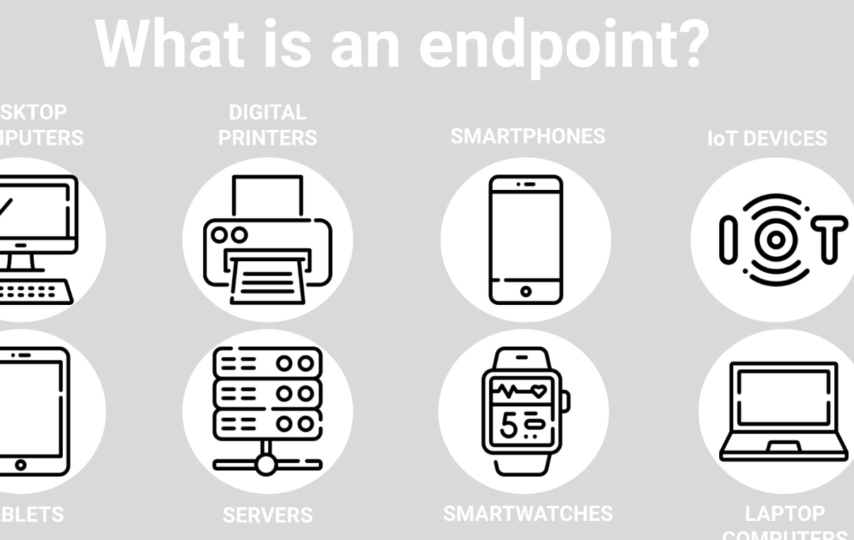The need for endpoint management in the changing world of IT administration is becoming more and more important. Technology is also changing the future of endpoint management for organizations that seek to create a completely secure digital universe. So let’s get to the advanced research in endpoint management technology, and take off on an exploration trip seeking out that ideal-all possible solution for adapting as circumstances change.
Best Endpoint Option: Navigating the Technological Frontier
In the pursuit of maximum efficiency, security, and control, the best endpoint option serves as the most effective bracing point for organizations. The rapid advancement of technology presents businesses with a myriad of choices, each product boasting its unique appealing points and advantages. As organizations aim to cross the high-tech threshold, a comprehensive understanding of today’s trends is paramount. Making an intelligent choice of the best endpoint option becomes essential to navigate the evolving landscape of technology and meet the diverse needs of modern enterprises.
Cutting-Edge Technologies Shaping Endpoint Management:
Artificial Intelligence and Machine Learning
AI and ML are now essential tools for endpoint management. They make prediction analysis, abnormality detection, and automotive response to threats possible. By integrating AI and ML, the top-tier endpoint choices increase detection capabilities while reactively responding to threats.
Zero Trust Security Model
Zero Trust is a new model for endpoints. Since its policy is by the slogan of, “Never trust always look,” it checks any device or user that attempts to get in. With zero trust, security is assumed.
Cloud-Based Endpoint Management
Flexibility, scalability, and centralized control are all achieved through cloud-based endpoint management. Thus organizations can automate operations, and apply a common set of security policies to any device. The whole concept of cloud-based solutions is based on efficiency and flexibility.
Endpoint Detection and Response (EDR)
New needs for endpoint management involve advanced EDRs that constantly monitor, detect, and react to incidents. Organizations obtain complete EDR capabilities from these best endpoint choices, which allows them to stop network-attached security threats in their tracks.
Automation and Orchestration
Endpoint automation and orchestration cut the tediousness out of endpoint management. Automation is vital for efficiency and consistency, from software deployment to security patching. Automation and orchestration make the best endpoints possible, simplifying flows so that there will be less human intervention. The result is greater productivity overall.
IoT Device Management
With the increasing number of IoT smart devices in the enterprise, endpoint management cannot ignore managing these new types of client computers. The most advanced end-point solutions are those that provide a range of capabilities for monitoring, securing, and managing the myriad IoT devices linked to the network.
User-Centric Endpoint Security
Recognizing the changing threat landscape, top-of-the-line endpoint security is user-focused. The end user’s behavior and the environment in which he operates determine security policies here. User-oriented endpoint security tailors to user customs and gives users a more customized, more effective defense in dealing with infection.
Integration with Security Information and Event Management (SIEM)
SIEM solutions enhance cross-network security event visibility and analysis. They integrate well with SIEM platforms, providing a comprehensive look at endpoint operations and speedy discovery of the location where security incidents have taken place.
Choosing the Best Endpoint Option: Considerations for Organizations
Scalability
A chosen endpoint solution must expand with an organization’s expanding device base, and it cannot allow a rising volume of data among the devices to affect performance.
Ease of Integration
A unified security policy and easy integration with existing IT infrastructure are also important considerations.
Comprehensive Security Features
End-point security solutions must possess real-time threat detection, encryption, and strong control over access.
Usability and User Experience
The interface and design of an effective endpoint must be friendly to the user. User-friendly solutions provide administrators with a better overall experience.
Compliance and Reporting
For regulated industries, in particular, compliance with industry regulations and accurate detailed reports are the two biggest considerations.
Vendor Reputation and Support
A vendor’s track record and quality of support services are two important factors. First and foremost, a trusty vendor must be proven.
Conclusion: For advanced end-point management, new directions
Advanced endpoint management is the foundation of effective security and operational efficiency. The ideal solution is the one that best serves an organization’s needs, complementing existing resources and yet also incorporating advanced technologies to combat emerging threats. This is the way for organizations to lay a foundation of strong, unified digital worlds capable of withstanding quickly evolving threats.








